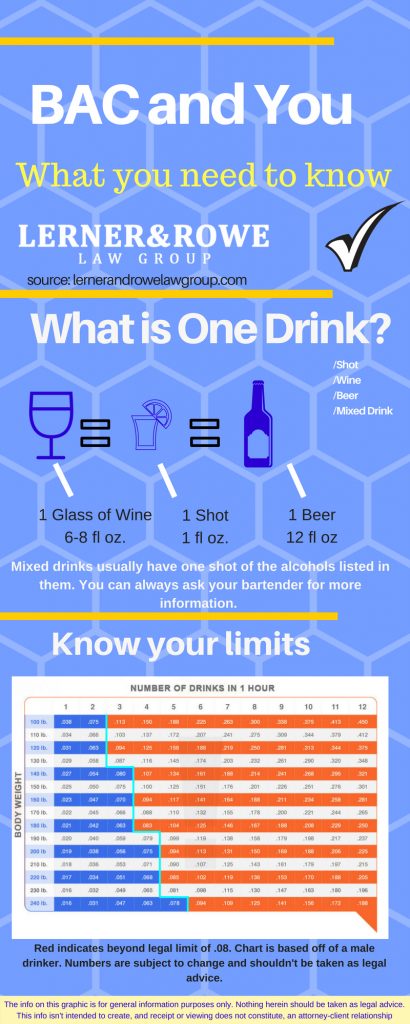Curious about the science behind getting tipsy? Discover the intoxication equation and unlock the secret to beer-induced fun!

Image courtesy of Engin Akyurt via Pexels
Table of Contents
In our social gatherings or casual nights out, an often-discussed topic revolves around how many beers it takes to get drunk. This intriguing question has puzzled many and led to various assumptions, but the truth lies within the science behind alcohol metabolism, individual tolerance levels, and the influence of various factors on intoxication. In this comprehensive blog post, we will dive deep into these areas to uncover the secrets behind the intoxication equation.
Alcohol Metabolism: Unraveling the Processes Within
Before we can determine how many beers it takes to get drunk, it’s essential to understand how our bodies metabolize alcohol. When alcohol enters our system, it is first broken down by enzymes, primarily alcohol dehydrogenase (ADH) and aldehyde dehydrogenase (ALDH). ADH works to convert alcohol into acetaldehyde, a toxic substance, and then ALDH further breaks down acetaldehyde into a harmless substance called acetic acid.
The speed at which this process occurs varies among individuals and is influenced by factors such as genetics and gender, which leads us to the notion that not everyone can handle the same amount of alcohol before feeling intoxicated.
Individual Tolerance: It’s Not ‘One Size Fits All’
While some may claim an ability to consume an infinite number of beers without feeling drunk, the reality is that alcohol tolerance varies significantly from person to person. Many factors contribute to an individual’s tolerance level, including frequency of alcohol consumption, genetic predisposition, previous exposure to alcohol, and even certain medications or health conditions.
Some individuals may possess genetic variations that result in more efficient alcohol metabolism, leading to higher alcohol tolerance. Conversely, others may have a lower tolerance due to genetic factors or limited exposure to alcohol in the past. It’s important to recognize that tolerance is not fixed and can change over time as our bodies adapt to regular alcohol consumption.
Influencing Factors: Beyond the Number of Beers
When it comes to determining how many beers it takes to get drunk, it’s not just about the quantity consumed. Several additional factors play a role in the rate and extent of intoxication.

Image courtesy of lernerandrowelawgroup.com via Google Images
The speed at which alcohol is consumed can significantly impact intoxication levels. Downing multiple beers in a short period results in a rapid increase in blood alcohol concentration (BAC), leading to quicker intoxication. On the other hand, spacing out drinks allows the body more time to metabolize the alcohol, resulting in a slower rise in BAC and a lower level of intoxication.
Mixing different types of alcoholic beverages, such as beer, wine, and spirits, can also influence intoxication levels. The combination of different alcohol types can have a compounding effect on blood alcohol concentration, potentially causing faster and more pronounced intoxication than sticking to one type of drink.
Additionally, the presence of food in the stomach can significantly affect how alcohol is absorbed into the bloodstream. Consuming alcohol on an empty stomach leads to faster absorption and a quicker onset of intoxication. However, having food in the stomach slows down the rate of alcohol absorption, resulting in a milder and more gradual intoxication.
Lastly, emotional state and environment can contribute to intoxication levels. Feelings of stress, sadness, or anger can amplify the effects of alcohol, making one feel drunker than they actually are. Similarly, being in a loud and lively environment can create an illusion of increased intoxication due to the surrounding atmosphere.
Conclusion
While it may seem tempting to search for a definitive answer to the question of how many beers it takes to get drunk, the truth is far more complex. Alcohol metabolism, individual tolerance levels, drinking speed, types of alcoholic beverages consumed, food presence, and emotional state all combine to form a unique equation for each individual.
Understanding the science behind alcohol metabolism, personal alcohol tolerance, and various factors influencing intoxication is crucial for responsible drinking. Knowing our limits and recognizing the impact of these factors can help us make informed decisions and prioritize our well-being.
Ultimately, there is no magic number of beers that universally leads to intoxication. Responsible drinking is about self-awareness, moderation, and understanding the dynamics of our bodies. So, whether you prefer beer, wine, or cocktails, savor your drinks responsibly, and always prioritize your safety and the safety of others.
Frequently Asked Questions
Is there a specific number of beers that will get everyone drunk?
No, the number of beers it takes to get drunk varies from person to person due to factors such as genetics, tolerance, and individual metabolism.
Can I build up my tolerance to alcohol?
Yes, frequent alcohol consumption over time can lead to increased tolerance. However, it is important to drink responsibly and be aware of the potential health risks associated with excessive alcohol consumption.
Does the type of alcohol I drink affect how quickly I get drunk?
Yes, different types of alcoholic beverages have varying alcohol percentages, which can impact the rate of intoxication. Mixed drinks or shots may contain higher alcohol concentrations than beer, resulting in a quicker onset of drunkenness.
How does food consumption affect alcohol intoxication?
Eating food before or while consuming alcohol slows down alcohol absorption into the bloodstream. This can result in a milder and more gradual intoxication compared to drinking on an empty stomach. However, it is important to note that food does not eliminate the effects of alcohol, so responsible drinking is still advised.
Leave a Reply